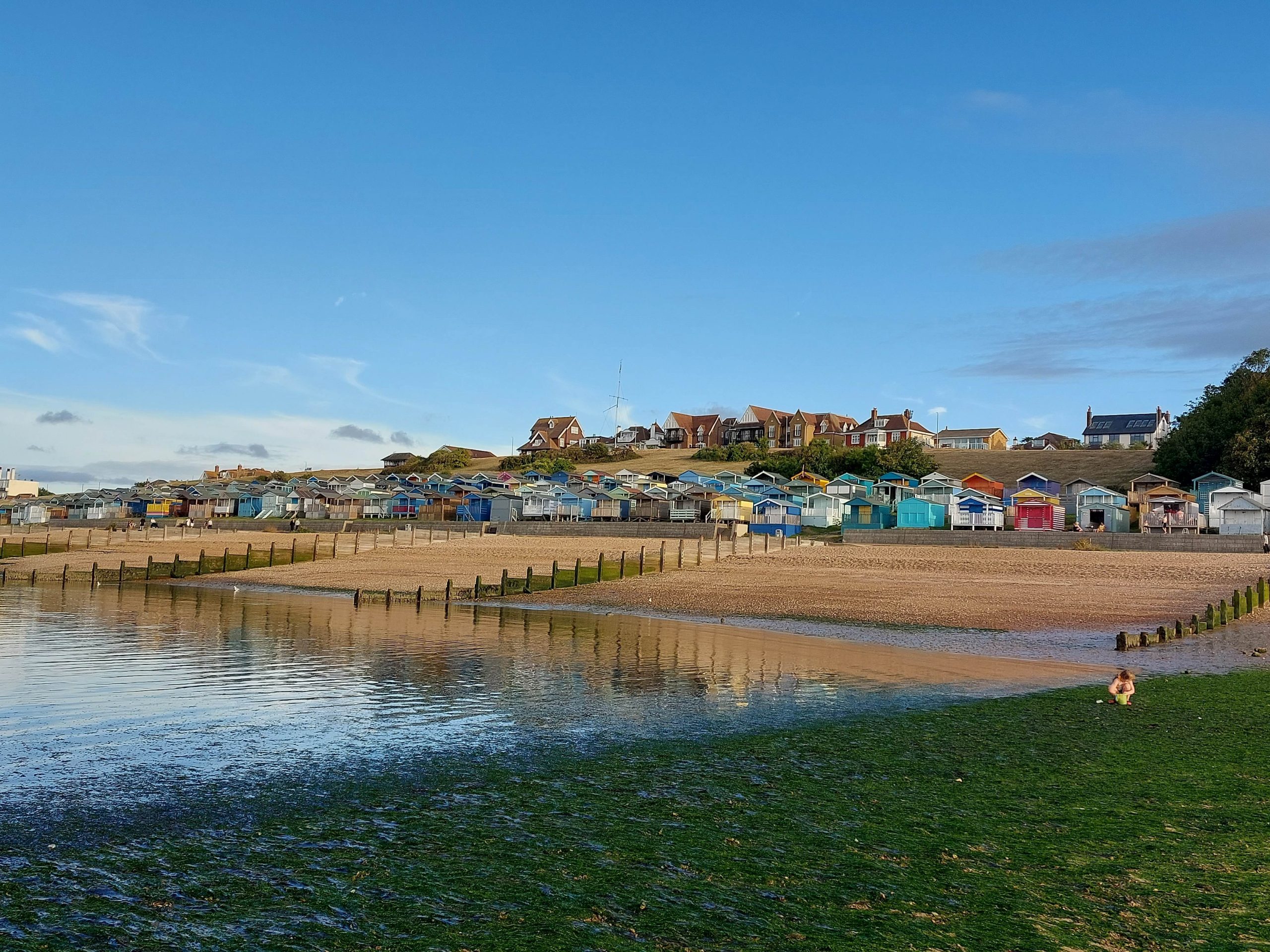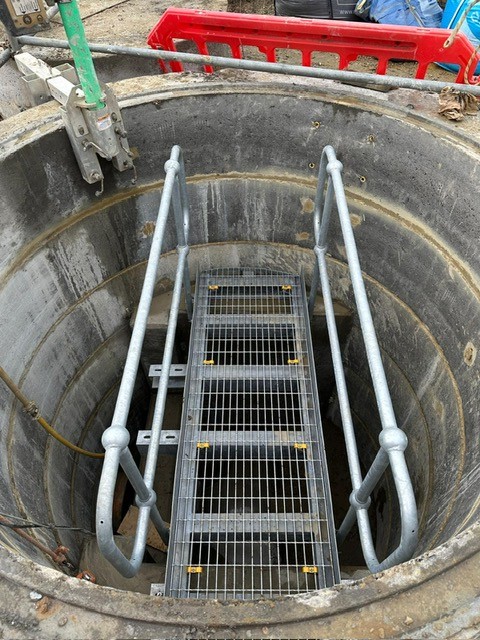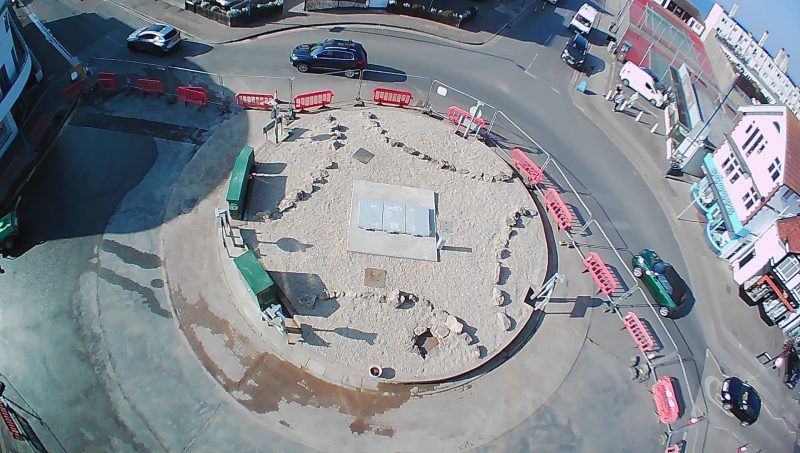Modernising Stormwater Management at Tankerton Circus
Category: Case Studies Technology & Equipment

Introduction
Working on behalf of Southern Water, the team took a proactive approach to modernising the combined sewer system to help reduce storm-related discharges onto the beach.
As the Principal Contractor, CBUL led the design and construction of a new flow diversion chamber and two interceptor chambers, forming part of a wider programme to enhance stormwater storage, control sewer flows, and mitigate environmental impact.
Engineering Flow Management
The project’s key intervention was the installation of a 2.4m diameter flow diversion chamber—designed to house a 450mm penstock and stoplogs, enabling Southern Water to regulate flows more precisely and limit overflows. Interceptor chambers upstream provide additional containment capacity during storms, delaying the point at which overflow is triggered.
“When it rained, the chamber would flood and allow stormwater to mix too quickly with foul flows,” said Darren Wetherall, CBUL’s Construction Lead Manager. “The new setup increases storage and slows that mixing down, giving operators much more control during peak flow conditions.”

Design and Delivery Under Pressure
The worksite, located on a busy roundabout, presented multiple challenges:
- Traffic management complexity
- High-voltage cables and uncharted services
- No prior soil investigation
- Tight tolerances behind the weir to avoid flooding or airlocks
Initial utility checks were scheduled for one week but stretched into two due to unexpected findings. In total, 14 unmarked services—including a live water main—were discovered during excavations.
The full scope of works included:
- Construction of 2 x 1.5m diameter interceptor chambers and 1 x 2.4m flow diversion chamber
- Installation of 20m of 300mm concrete pipe on a graded shingle bed
- 4 x 100mm ducting to a new kiosk for control equipment
- Full reinstatement of the roundabout to original (or better) condition
Outcome-Focused Engineering
The project represents a shift from reactive infrastructure to controllable, adaptive systems capable of managing the effects of climate-driven rainfall patterns. As Darren summarised, “It’s not just repairing an old system—we’ve modernised it.”
This project demonstrates the value of early collaboration, clear communication, and integrated delivery in tackling complex infrastructure challenges. As the water industry continues to address increasing environmental pressures, well-coordinated solutions like this—designed for resilience and operational flexibility—are key to building systems that meet both current and future demands.

Category: Case Studies Technology & Equipment
